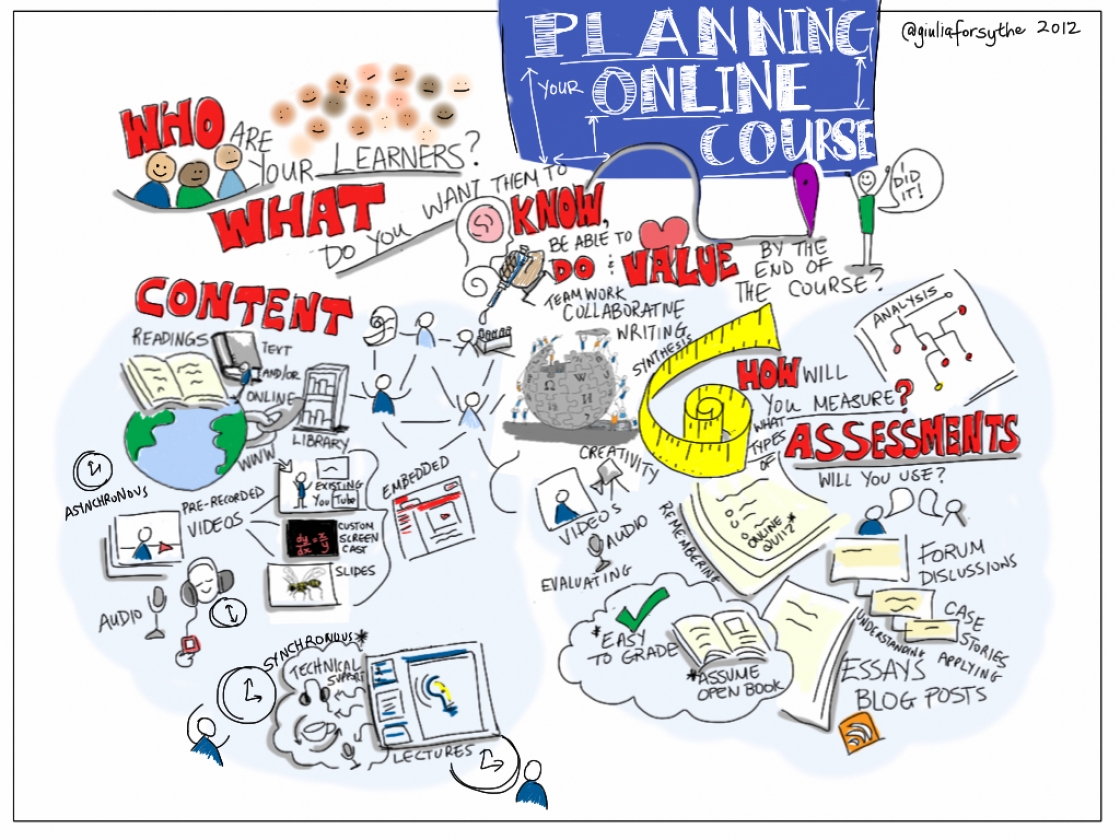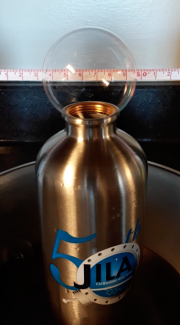As the COVID-19 pandemic swept the world, professors had to pivot their lab courses quickly —sometimes in a matter of hours—to work remotely. Physicist and physics education researcher JILA Fellow Heather Lewandowski began getting questions from instructors around the country: how do you teach a laboratory class when you can’t be in the lab?
Lewandowski received an NSF RAPID Grant to answer this question, and did what scientists do best: she gathered data. She received 106 survey responses from professors nationally and internationally, covering 129 physics education courses. These classes ranged from introductory to more advanced level coursework. Her study was published on arXiv on July 2.
It’s important to note that these courses were not intended to be taught remotely, Lewandowski pointed out. There are instructors who regularly work on virtual platforms, but this study looked at lab courses that had to switch to remote learning because of the coronavirus pandemic.
While there were numerous challenges to going remote, “I think we had a unique opportunity to learn some things that will help us when we get back to in-person classes,” Lewandowski noted.
Here are some key lessons for those planning courses in a virtual platform:




 The Physics Frontiers Centers (PFC) program supports university-based centers and institutes where the collective efforts of a larger group of individuals can enable transformational advances in the most promising research areas. The program is designed to foster major breakthroughs at the intellectual frontiers of physics by providing needed resources such as combinations of talents, skills, disciplines, and/or specialized infrastructure, not usually available to individual investigators or small groups, in an environment in which the collective efforts of the larger group can be shown to be seminal to promoting significant progress in the science and the education of students. PFCs also include creative, substantive activities aimed at enhancing education, broadening participation of traditionally underrepresented groups, and outreach to the scientific community and general public.
The Physics Frontiers Centers (PFC) program supports university-based centers and institutes where the collective efforts of a larger group of individuals can enable transformational advances in the most promising research areas. The program is designed to foster major breakthroughs at the intellectual frontiers of physics by providing needed resources such as combinations of talents, skills, disciplines, and/or specialized infrastructure, not usually available to individual investigators or small groups, in an environment in which the collective efforts of the larger group can be shown to be seminal to promoting significant progress in the science and the education of students. PFCs also include creative, substantive activities aimed at enhancing education, broadening participation of traditionally underrepresented groups, and outreach to the scientific community and general public.